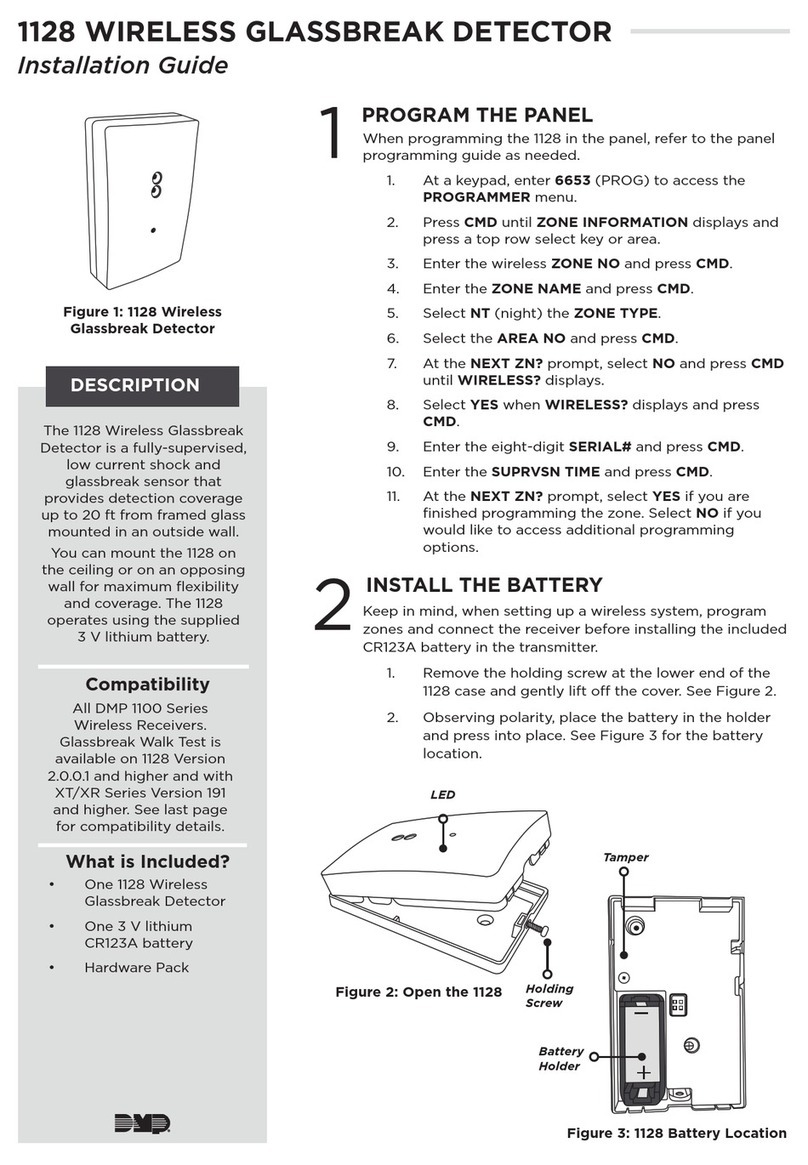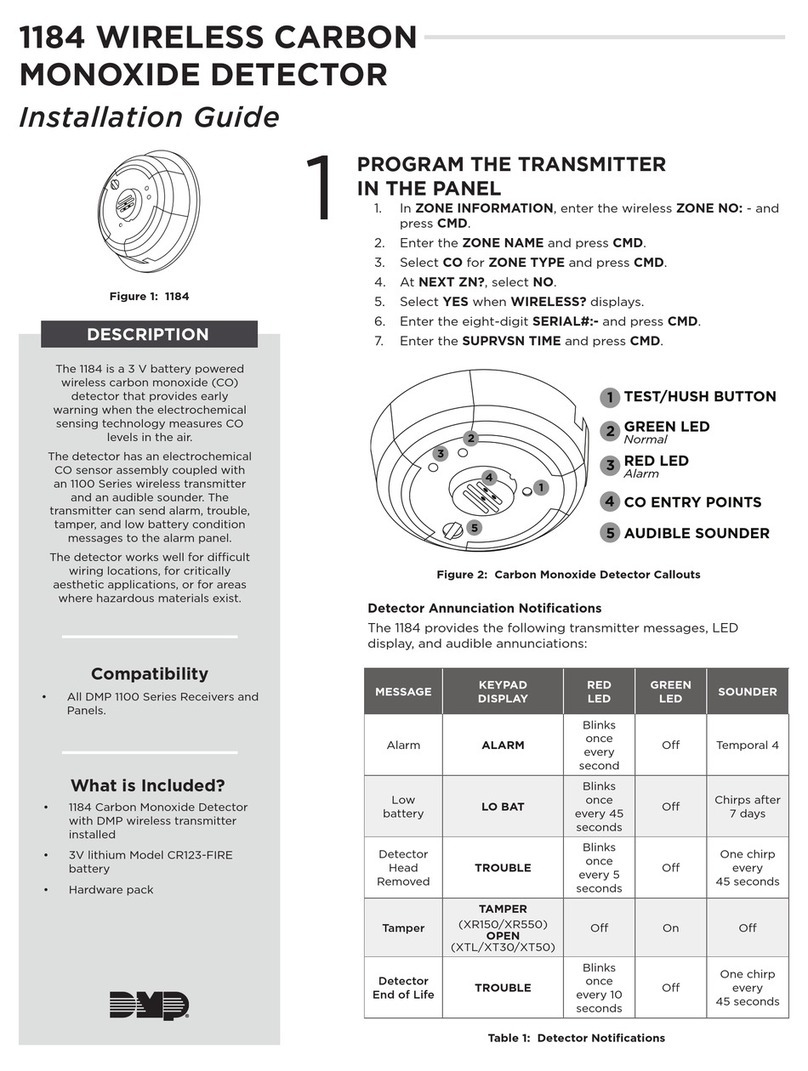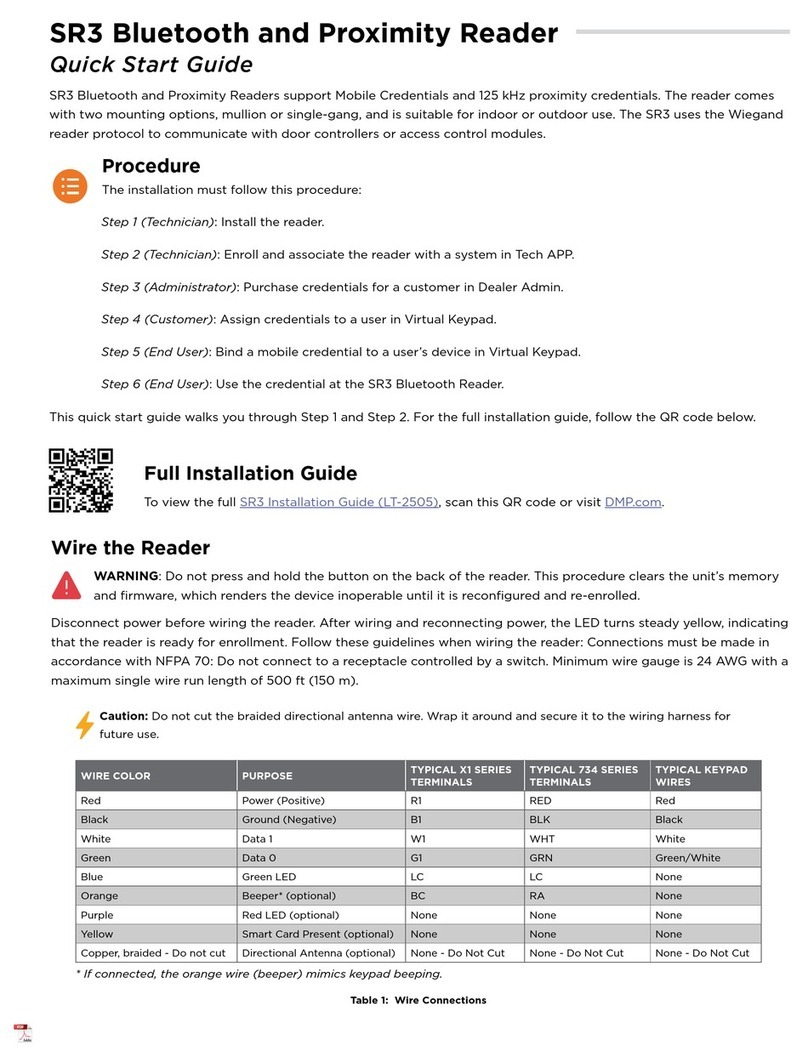DMP Electronics 1127W User manual
Other DMP Electronics Security Sensor manuals
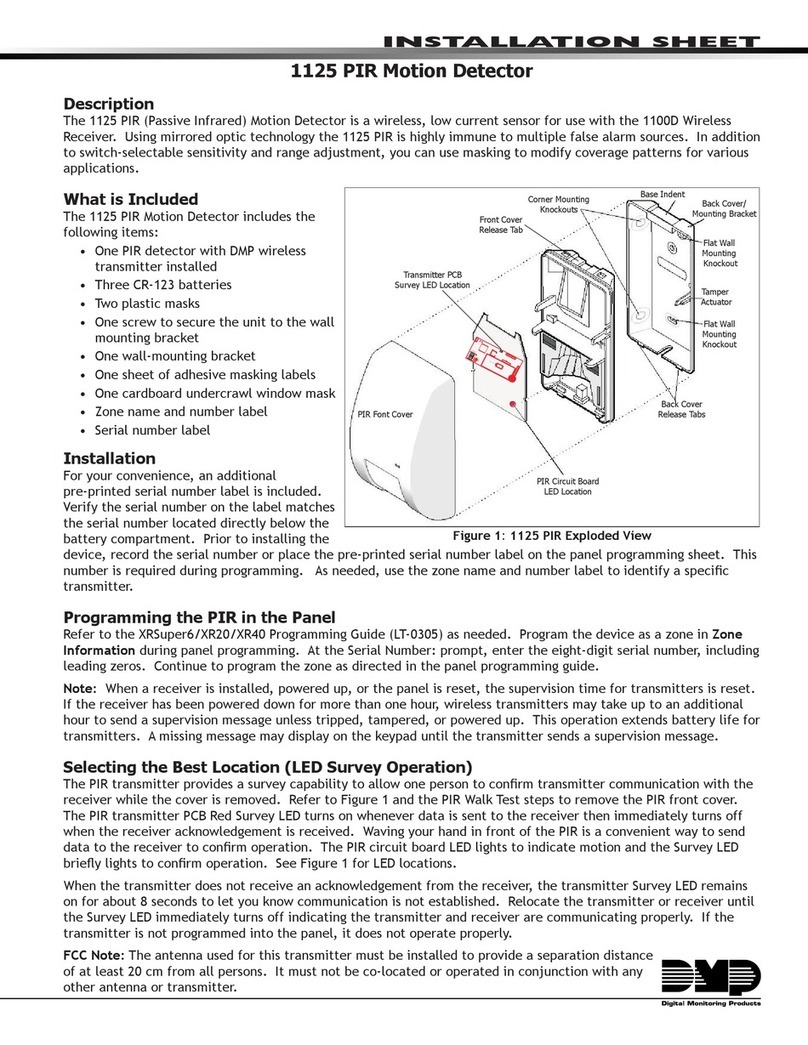
DMP Electronics
DMP Electronics 1125 Assembly instructions

DMP Electronics
DMP Electronics 1128 User manual
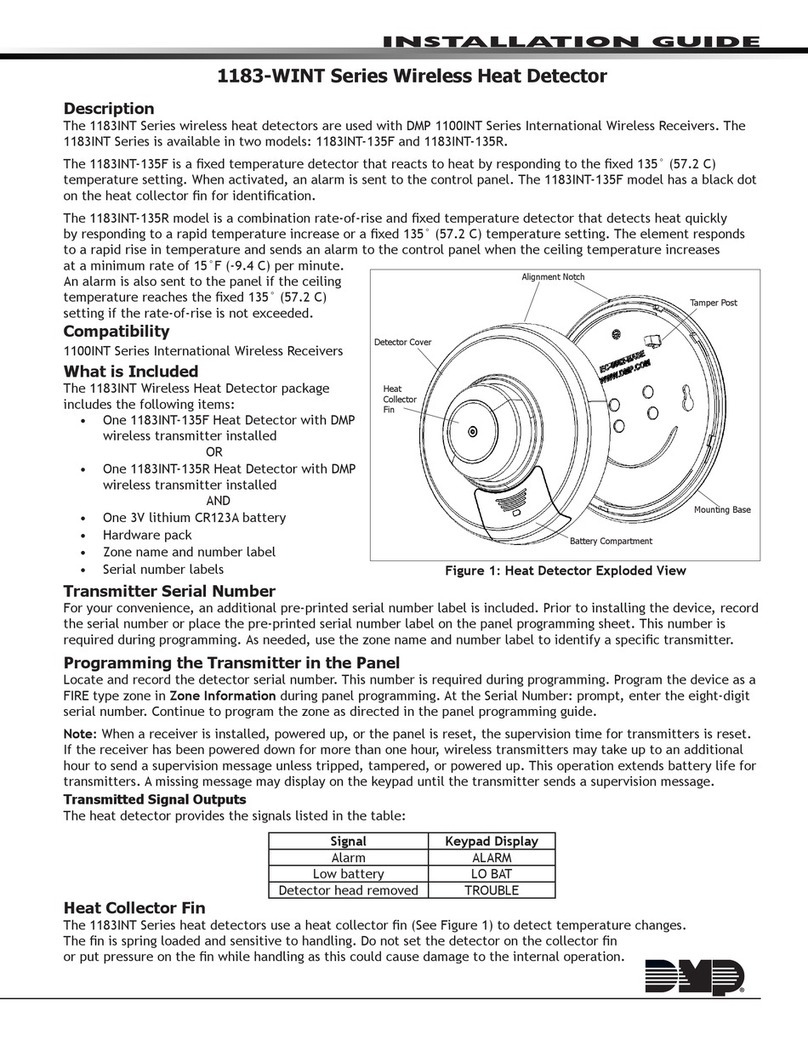
DMP Electronics
DMP Electronics XT30INT User manual
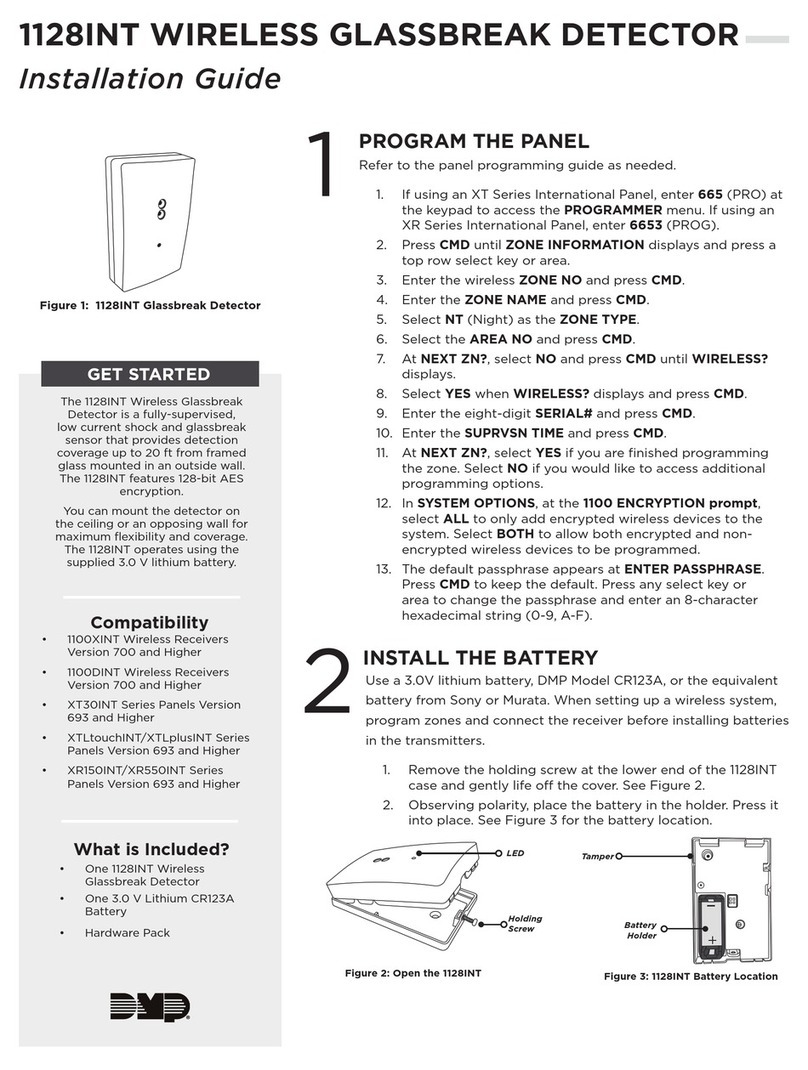
DMP Electronics
DMP Electronics 1128INT User manual

DMP Electronics
DMP Electronics 1122INT User manual
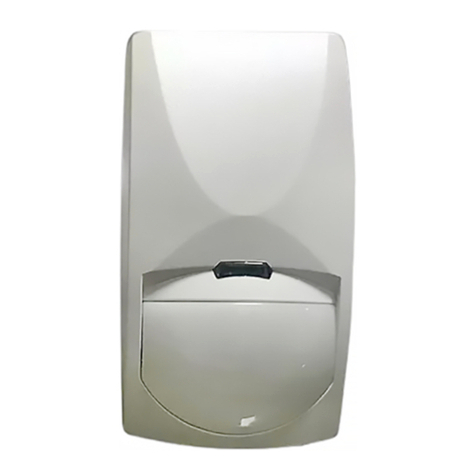
DMP Electronics
DMP Electronics 1121-WINT PIR Assembly instructions
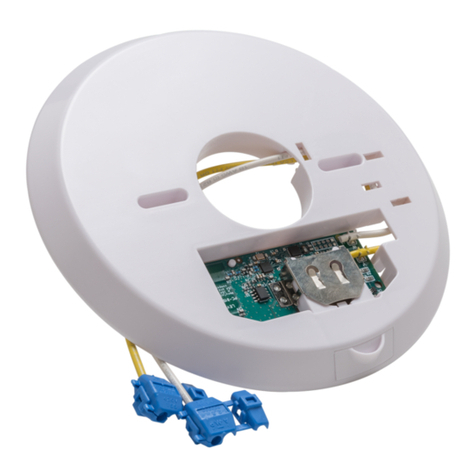
DMP Electronics
DMP Electronics 1166 User manual
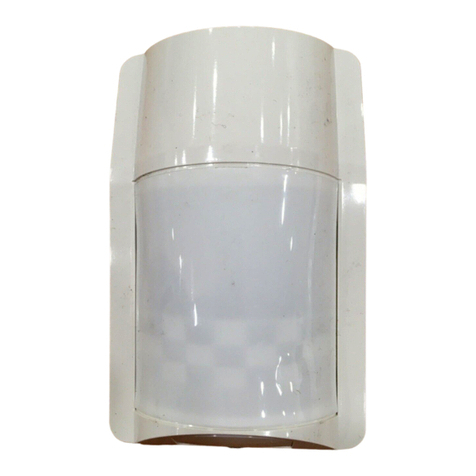
DMP Electronics
DMP Electronics 1127W-WINT Assembly instructions
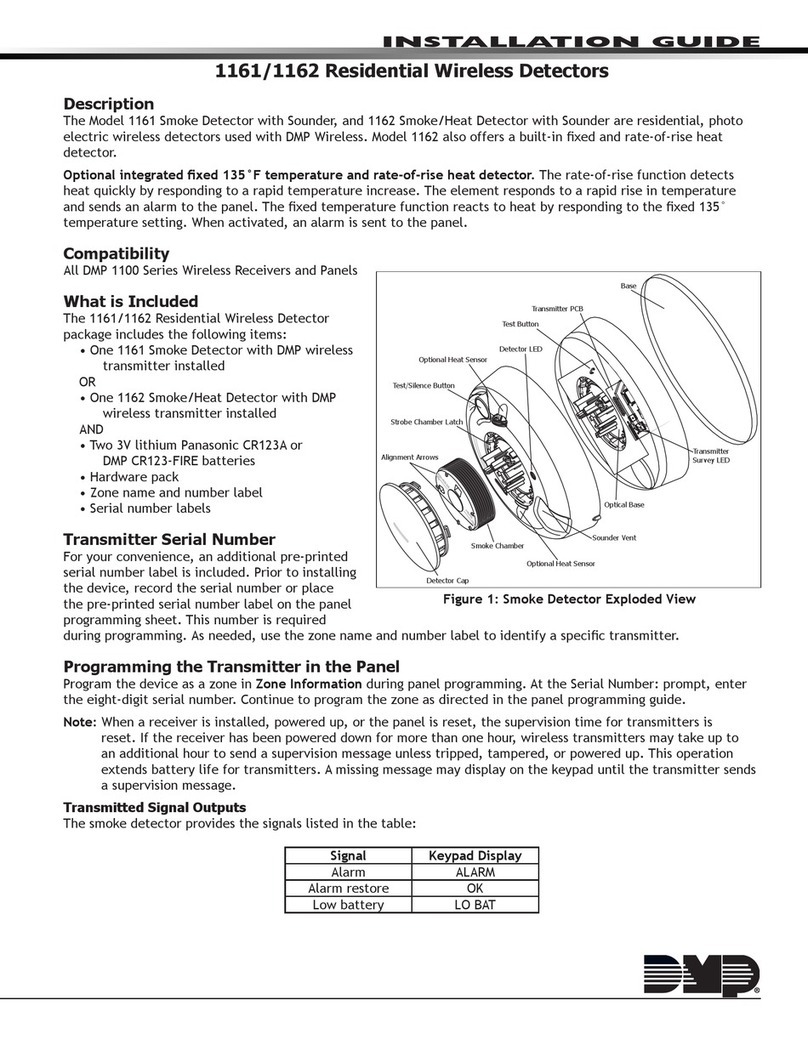
DMP Electronics
DMP Electronics 1161 User manual
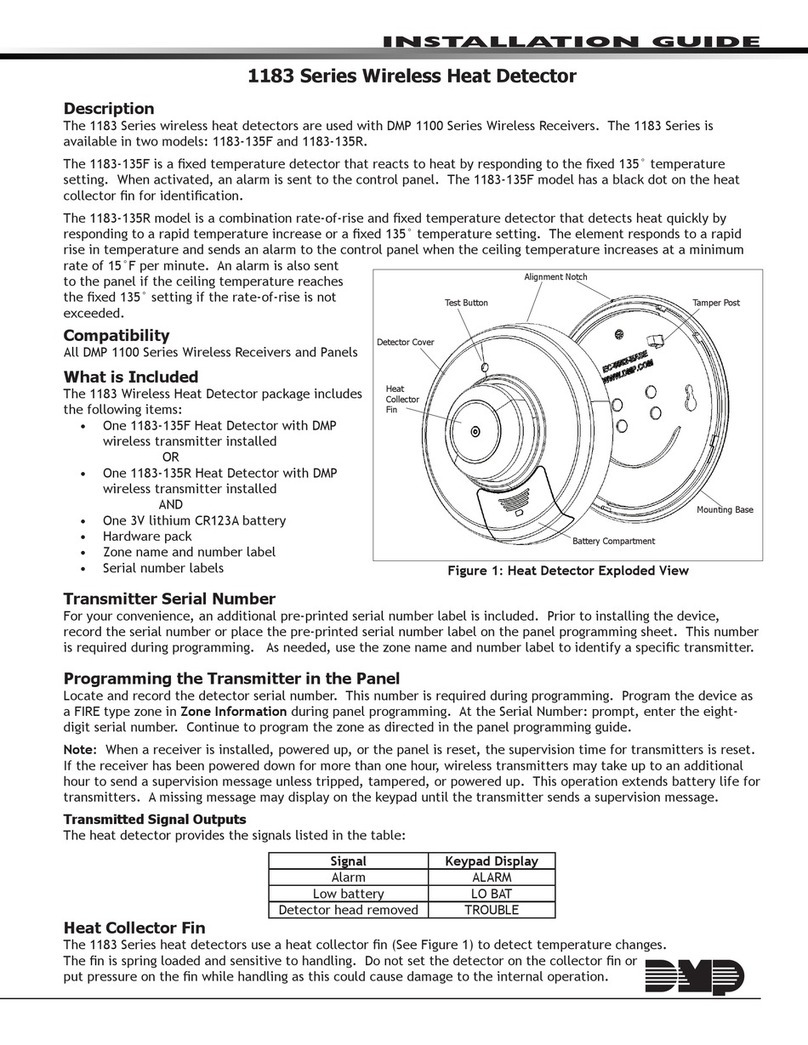
DMP Electronics
DMP Electronics 1183-135F User manual

DMP Electronics
DMP Electronics XTLtouch International Series User manual
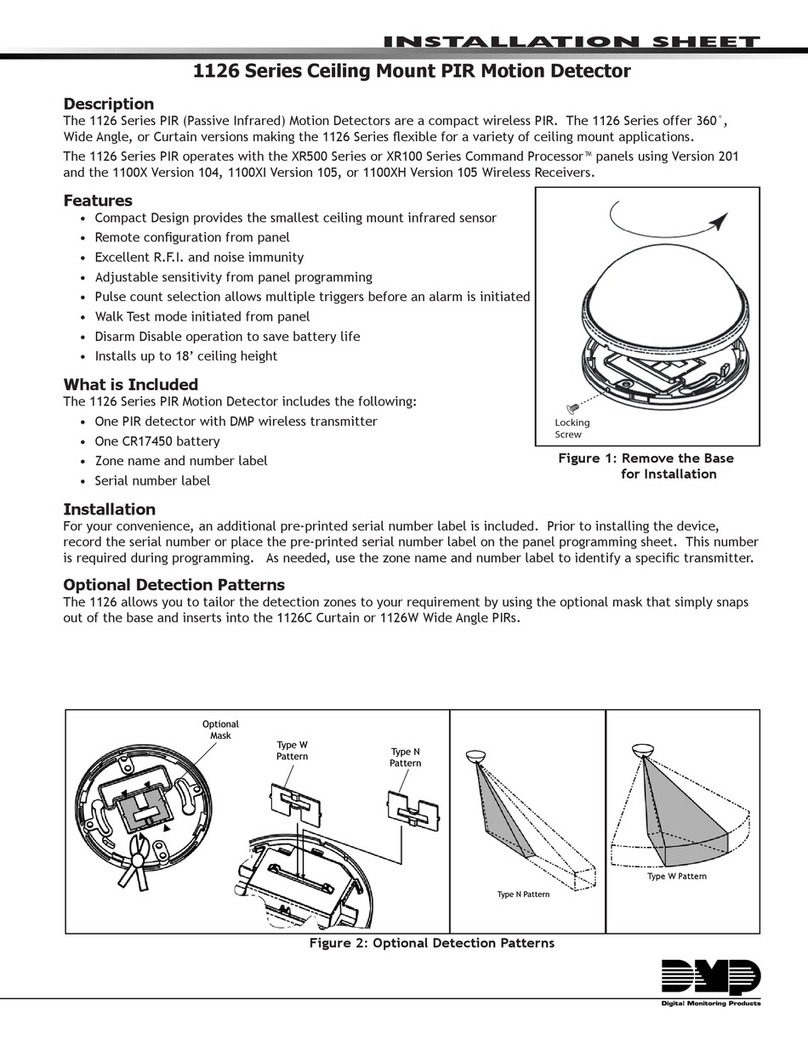
DMP Electronics
DMP Electronics 1126 Series Assembly instructions
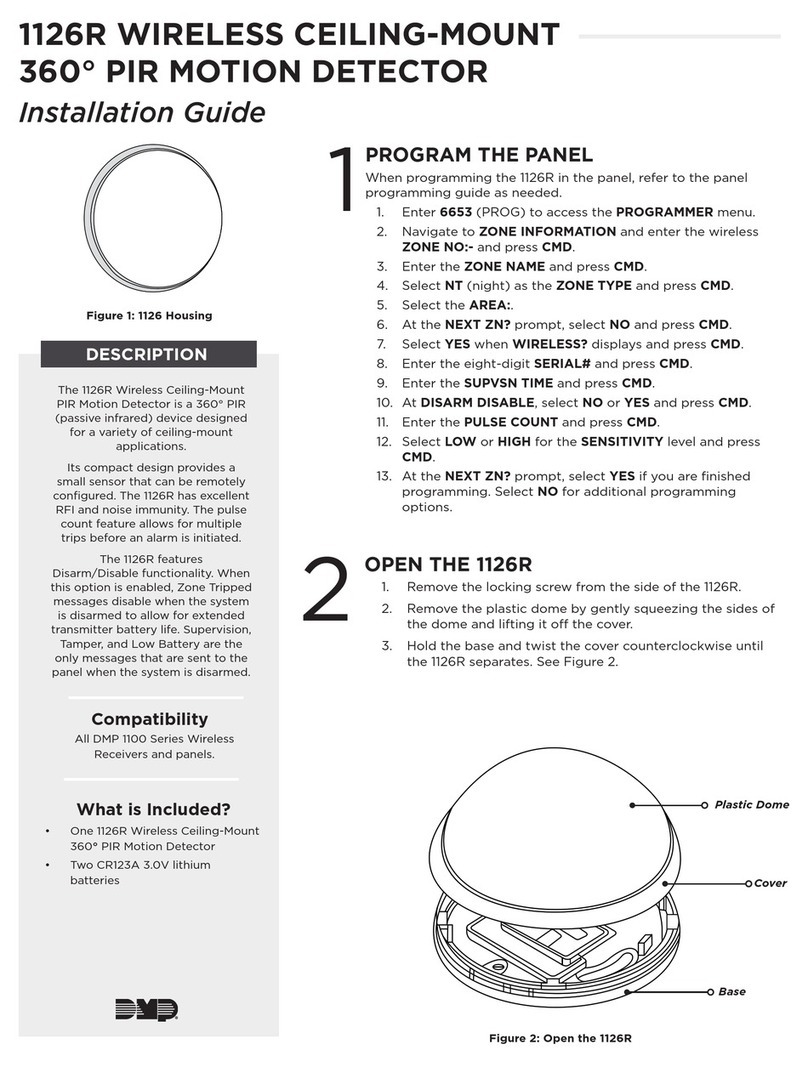
DMP Electronics
DMP Electronics 1126R User manual

DMP Electronics
DMP Electronics 1124 User manual
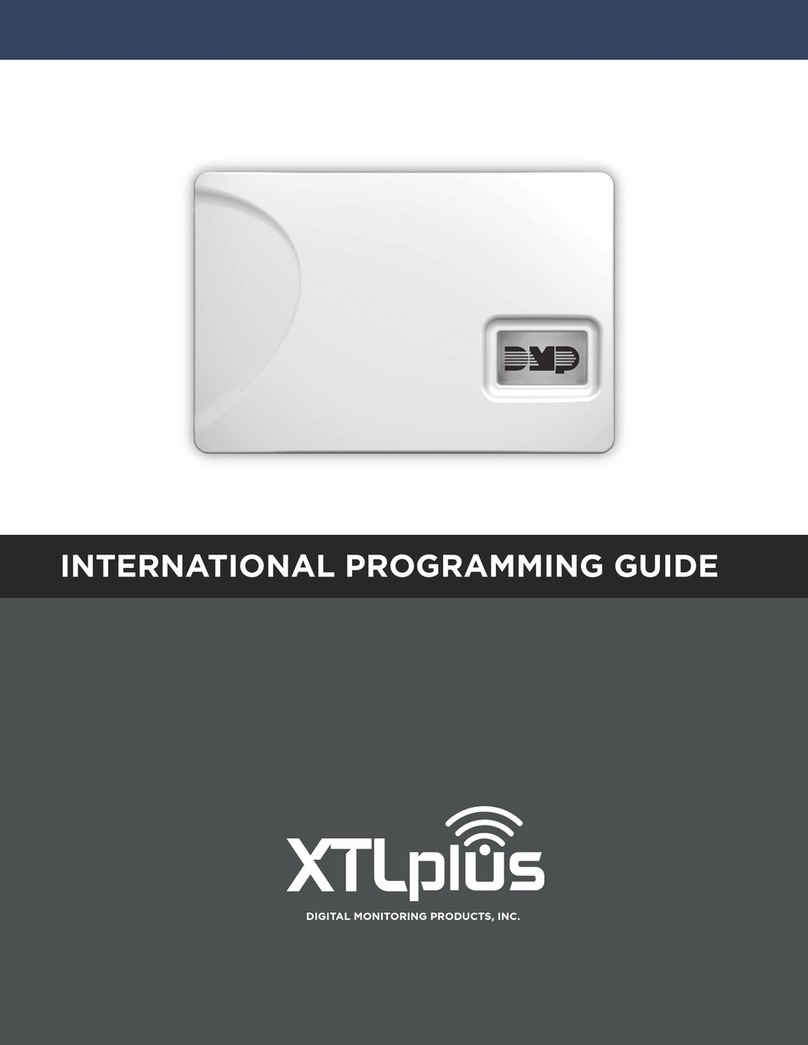
DMP Electronics
DMP Electronics XTLplusINT Series Installation guide
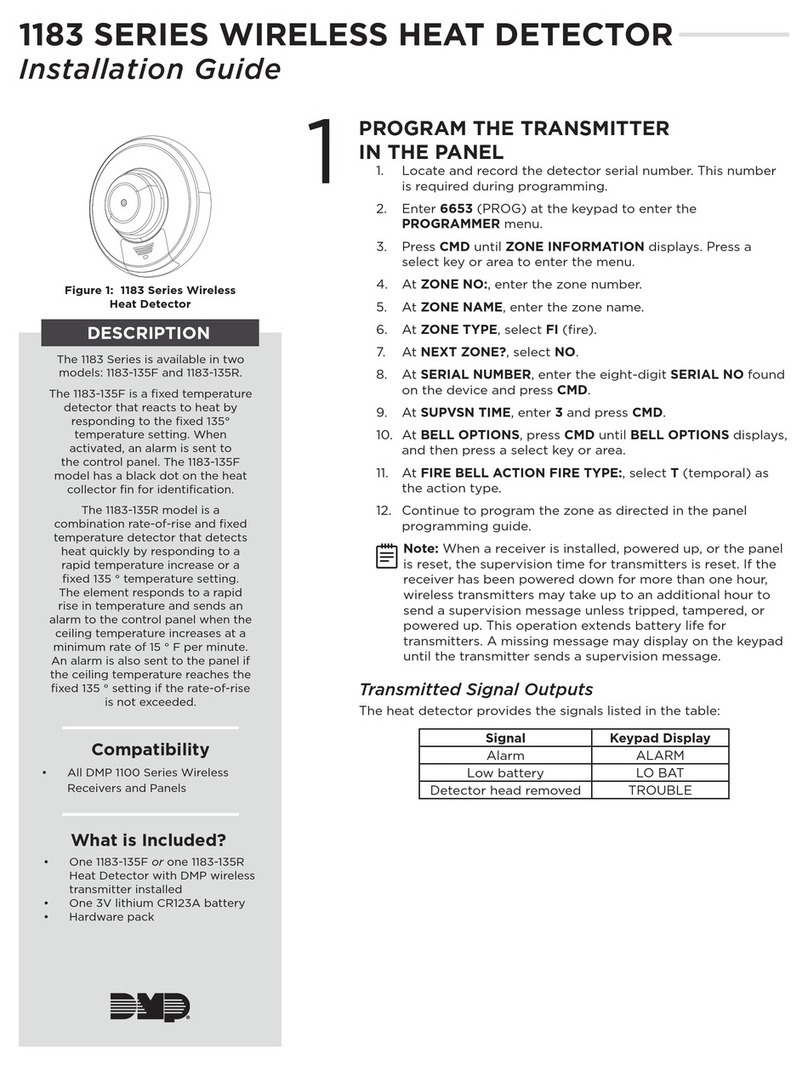
DMP Electronics
DMP Electronics 1183 Series User manual
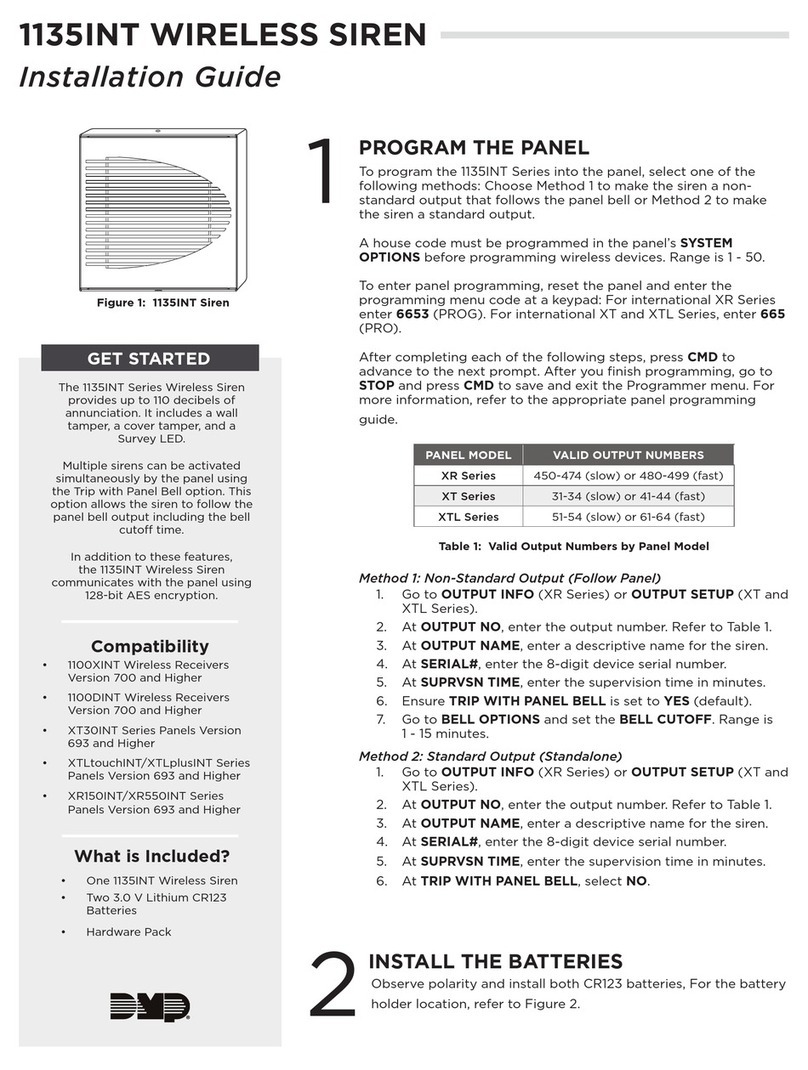
DMP Electronics
DMP Electronics XR Series User manual
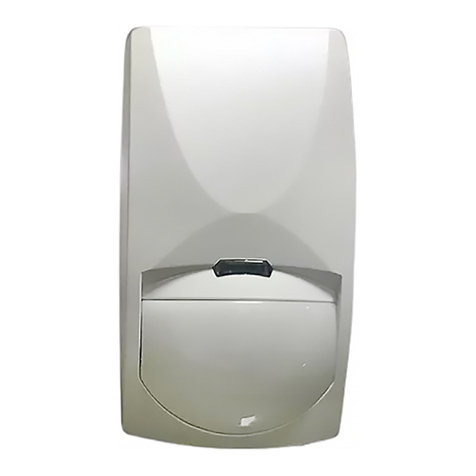
DMP Electronics
DMP Electronics 1121 Assembly instructions
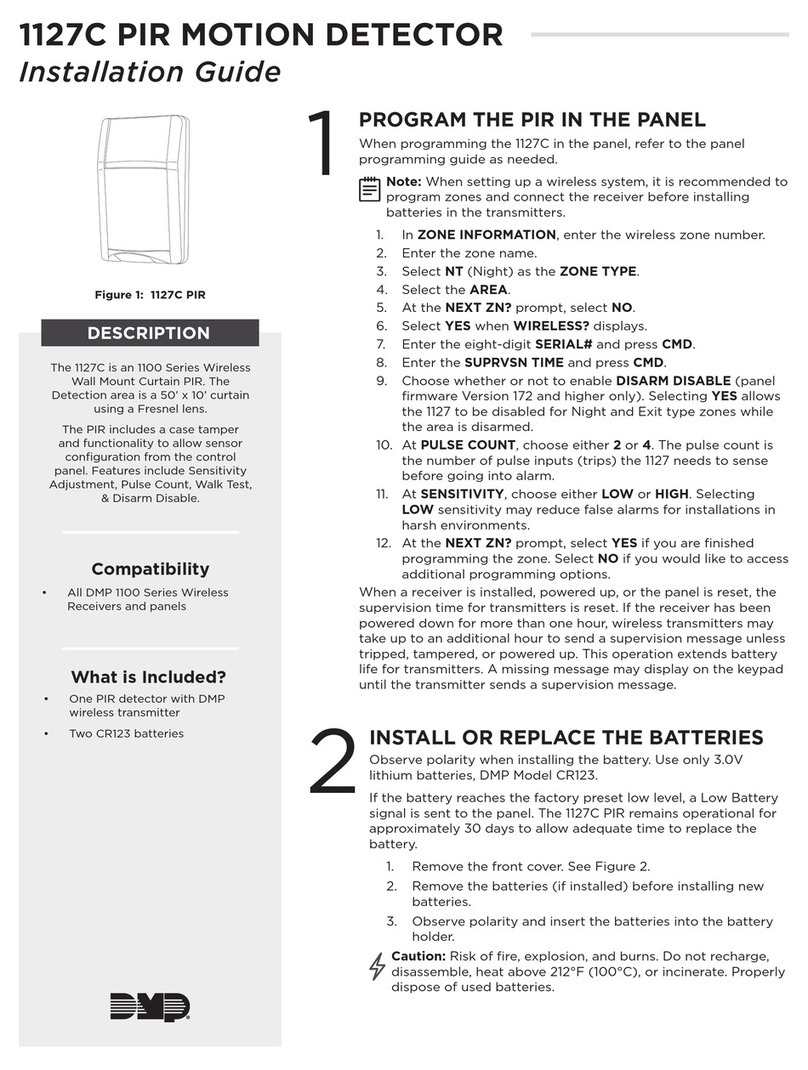
DMP Electronics
DMP Electronics 1127C User manual
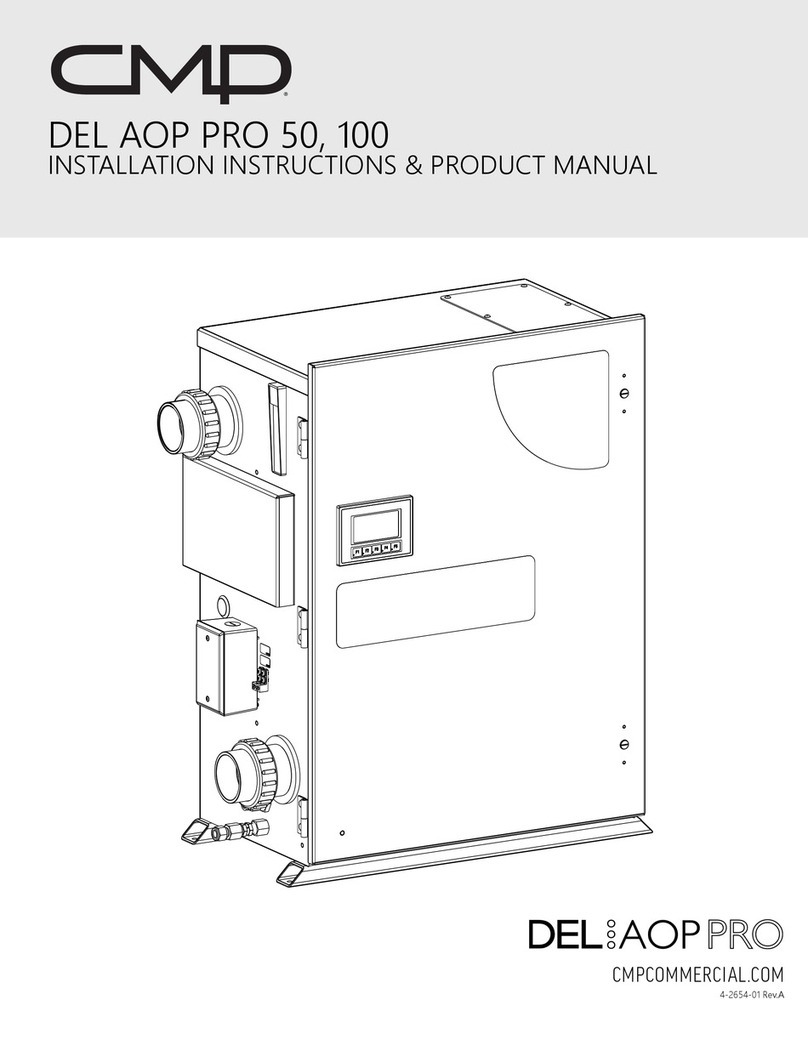
DMP Electronics
DMP Electronics DEL AOP PRO 50 User manual
Popular Security Sensor manuals by other brands

Shinko
Shinko SE2EA-1-0-0 instruction manual

Det-Tronics
Det-Tronics X Series instructions

ACR Electronics
ACR Electronics COBHAM RCL-300A Product support manual

TOOLCRAFT
TOOLCRAFT 1712612 operating instructions

Elkron
Elkron IM600 Installation, programming and functions manual

Bosch
Bosch WEU PDO 6 Original instructions
